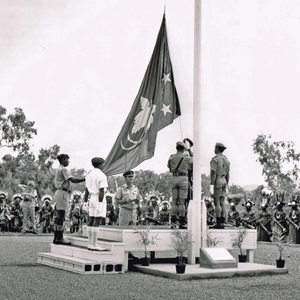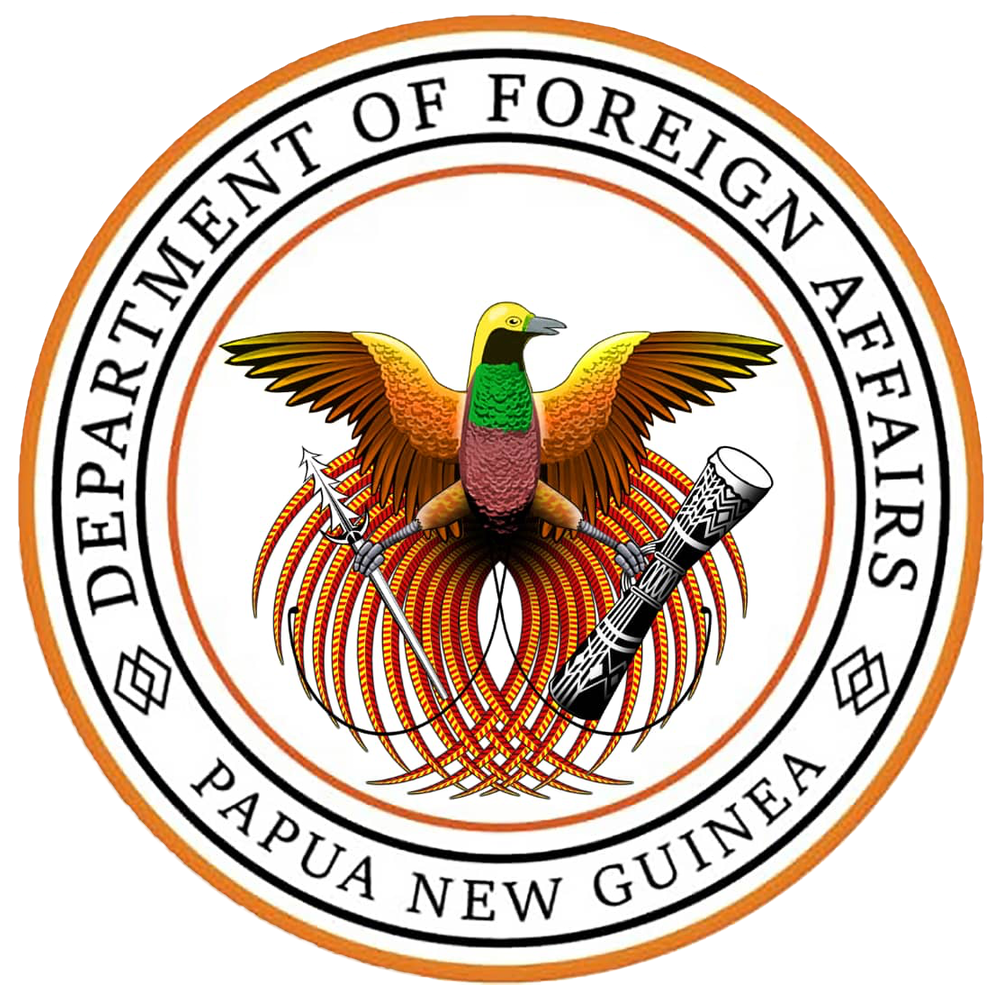About PNG: Demographic Trends
Papua New Guinea's rate of population growth tends to be high and life expectancy somewhat low, relative to other countries in the region. About one-third of the population is under 15 years of age. In the late 20th and early 21st centuries the birth rate greatly exceeded the world average, while the death rate was moderately high and falling. Rapid population growth has created difficulties in providing basic health and education services. Unemployment and underemployment have exacerbated the problems of poverty, crime, and ethnic tensions, especially in urban areas.
Papua New Guinea (PNG) exhibits notable demographic trends characterized by a steadily increasing population. The country, renowned for its cultural diversity, is home to a myriad of ethnic groups and languages. While a substantial proportion of the population engages in rural subsistence agriculture, urbanization is on the rise, particularly in cities like Port Moresby and Lae.
The demographic structure of PNG is predominantly youthful, with a significant percentage of the population below the age of 25. This demographic composition poses implications for education, employment, and social services. Despite strides in improving educational access, challenges persist, including limited infrastructure and variations in educational attainment across regions.
Cultural practices remain integral to the lives of Papua New Guineans, with a rich tapestry of traditions and rituals varying across ethnic groups. Rural lifestyles persist in many areas, where communities rely on traditional practices and engage in subsistence agriculture. Economic factors, including employment opportunities and income disparities, further influence demographic dynamics, reflecting the complex interplay between tradition and modernity in Papua New Guinea.

